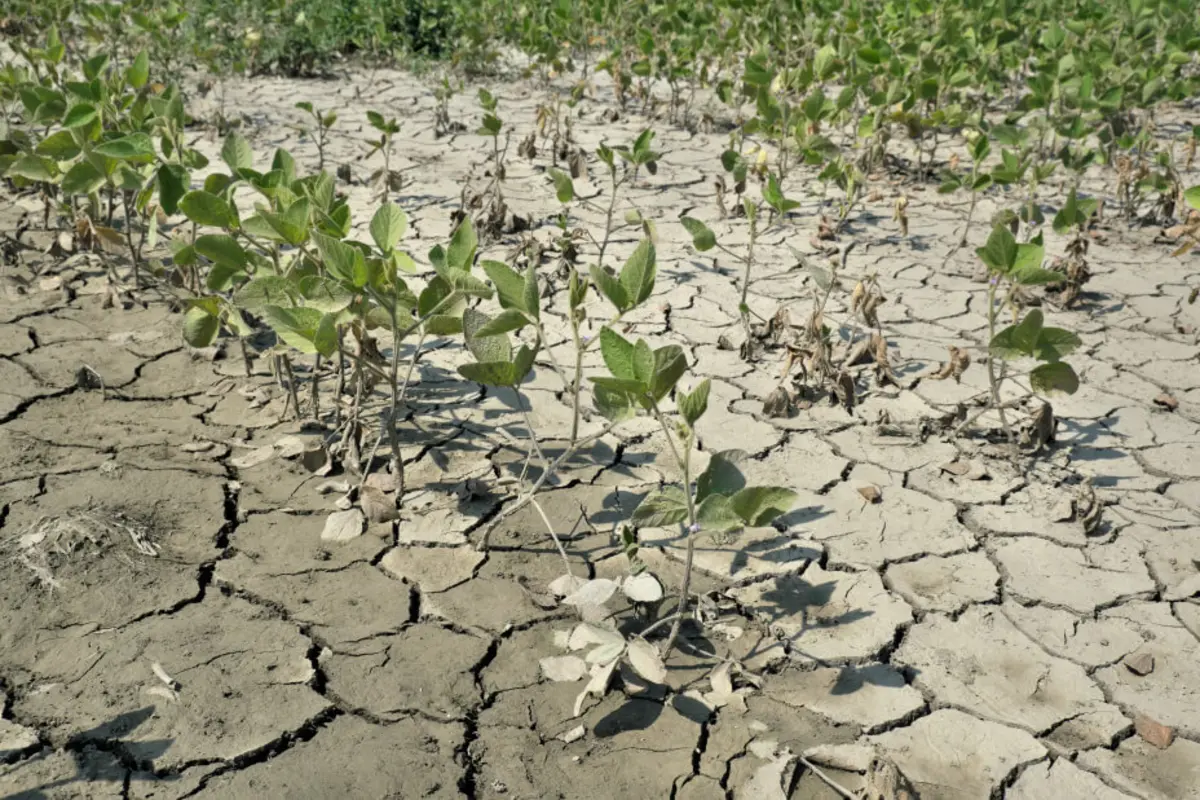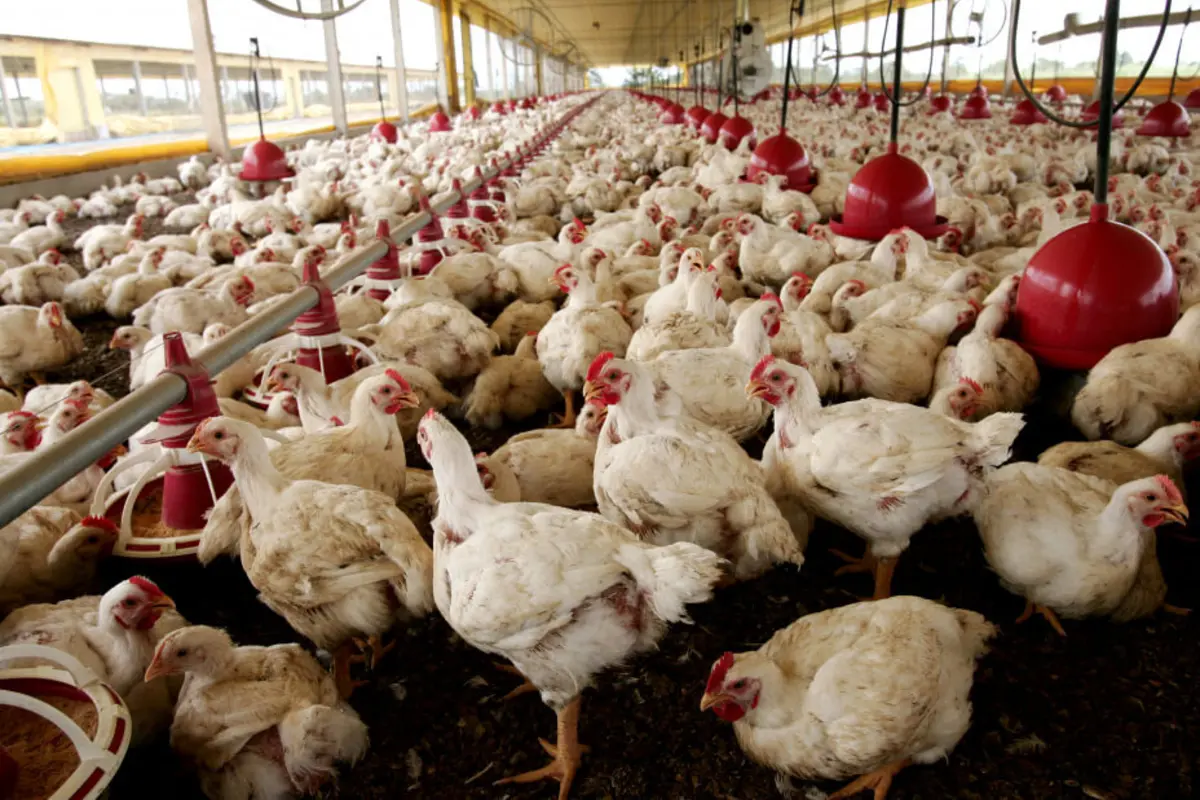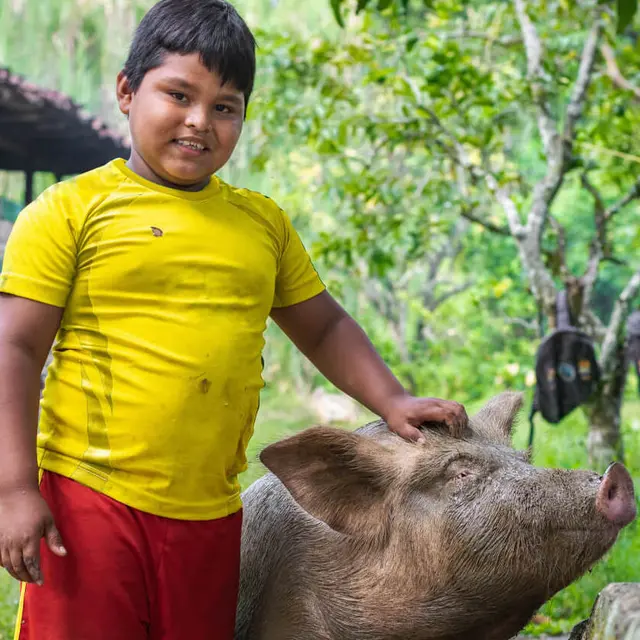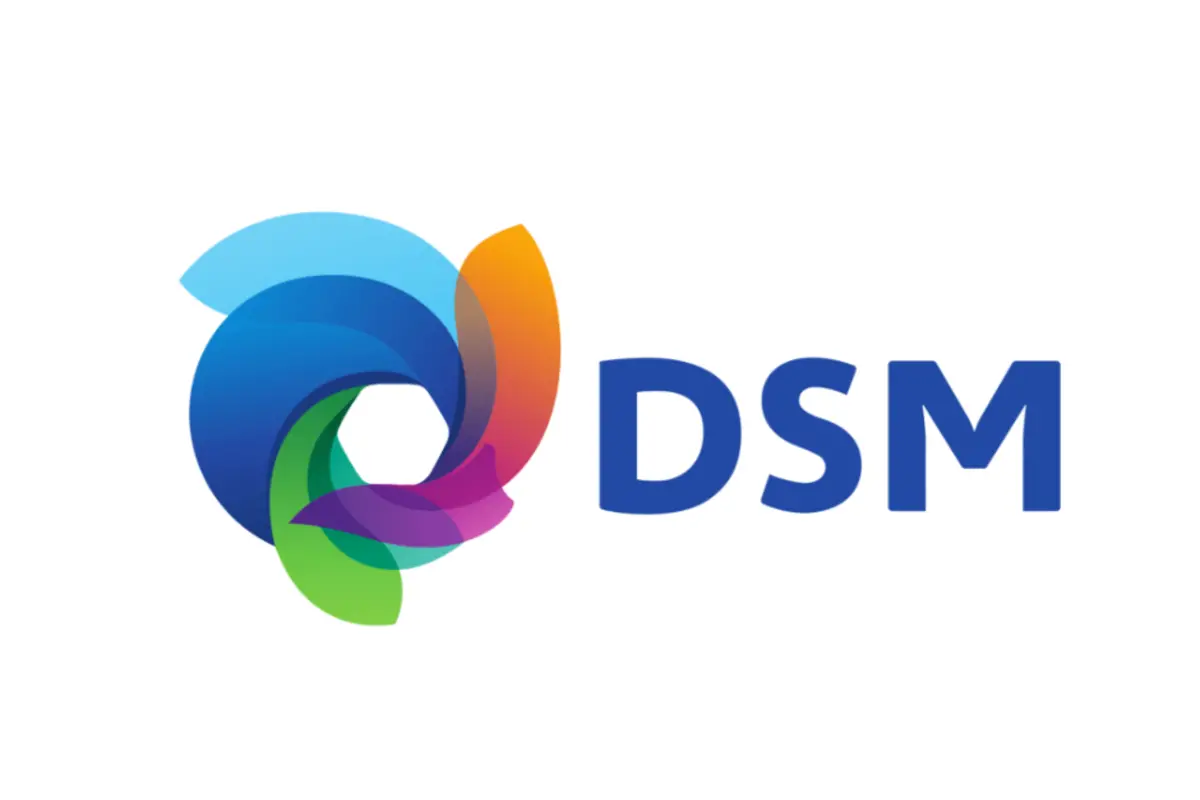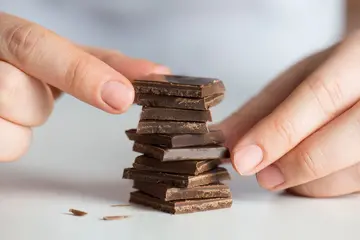Agriculture plays a central role in many Latin American economies, according to a recent World Bank report. It “contributes to economic growth, generates poverty-reducing employment and helps ensure food and nutrition security”. Agricultural production accounts for almost 38% of the region’s total area and 14% of its total employment. In Brazil alone it contributed more than a quarter of the country’s GDP in 2021. Latin America’s thriving livestock sector is already a significant part of this agricultural success story. And that contribution is set to increase over the next 10 years. That’s according to a recent report from the Organisation for Economic Co-operation and Development and the Food and Agriculture Organization of the UN.
Growth fuelled by agile responses to global markets
The report predicts that overall agricultural production in the region will grow by 14%. Livestock production will account for 28% of that growth. A key contributor to growth is livestock producers’ agility in response to global market shifts. This agility was illustrated in the wake of China’s struggles with African swine fever in 2019. Brazilian producers expanded capacity, ensuring that more processing plants could supply China. The result was that in the first 10 months of 2020, pork shipments to the country were 123% up on the same period of 2019.
Soaring soybean prices are hurting margins
There are, however, two potential obstacles to an increase in regional livestock production. The first is soybean market volatility. Soybean meal is one of the most important protein sources in animal feed worldwide. And just three Latin American countries - Brazil, Argentina and Paraguay - account for more than half of the world’s soybean supply. All have experienced severe drought recently. This, along with several other factors including trade imbalances, has caused prices to shoot up. These higher soybean costs hurt livestock producers’ margins and could ultimately slow growth.

